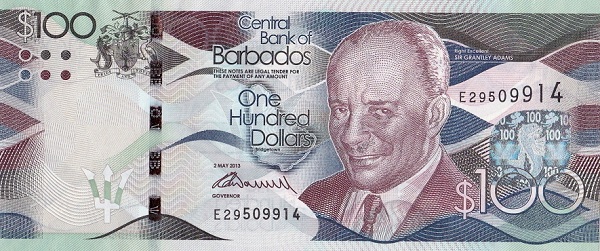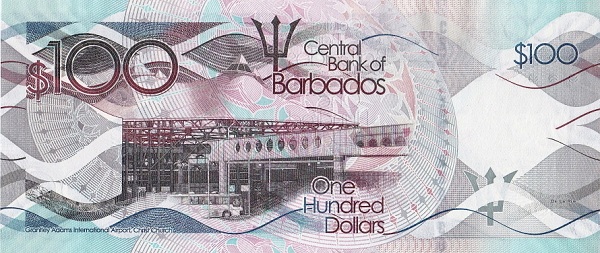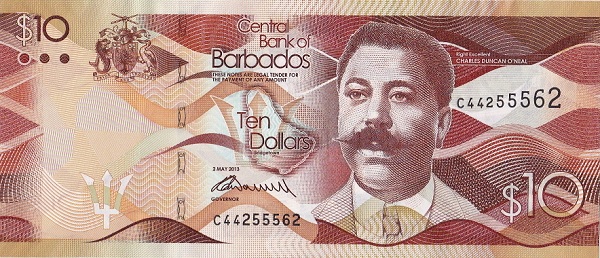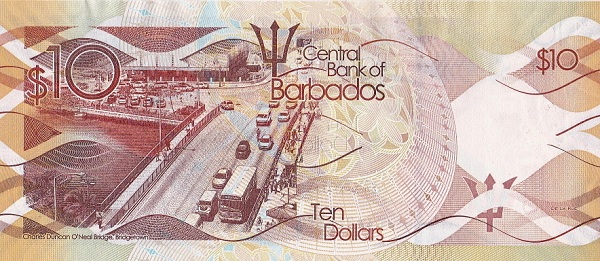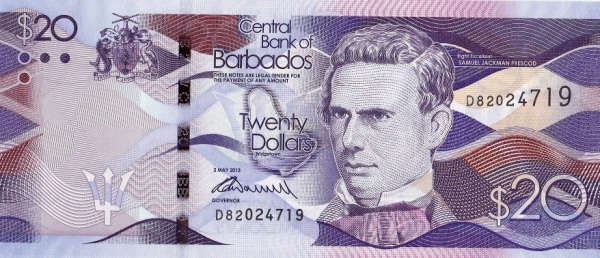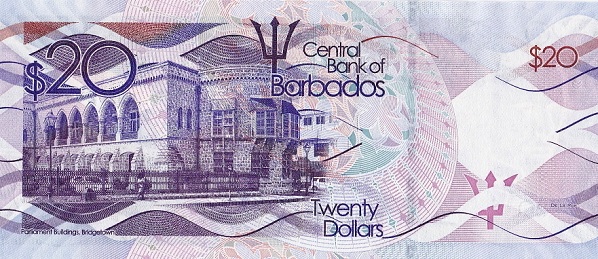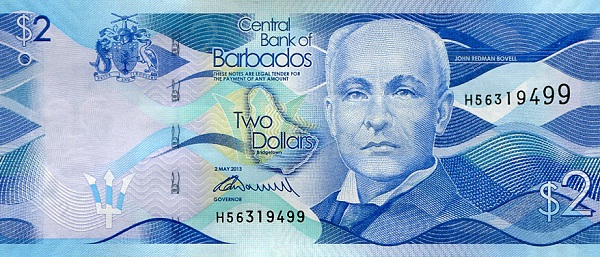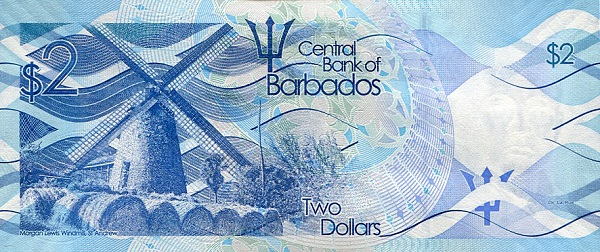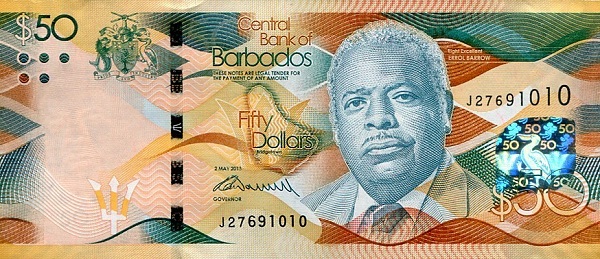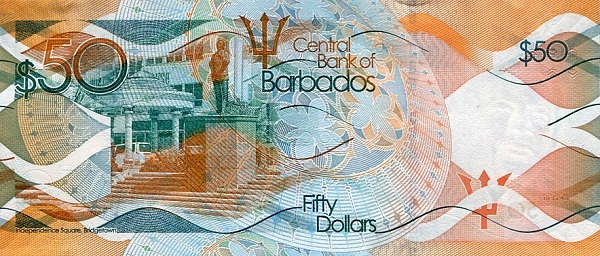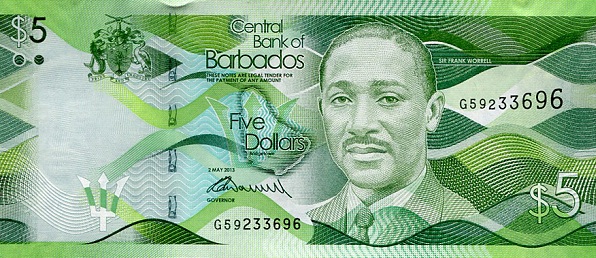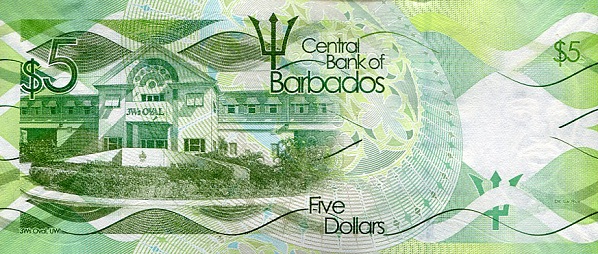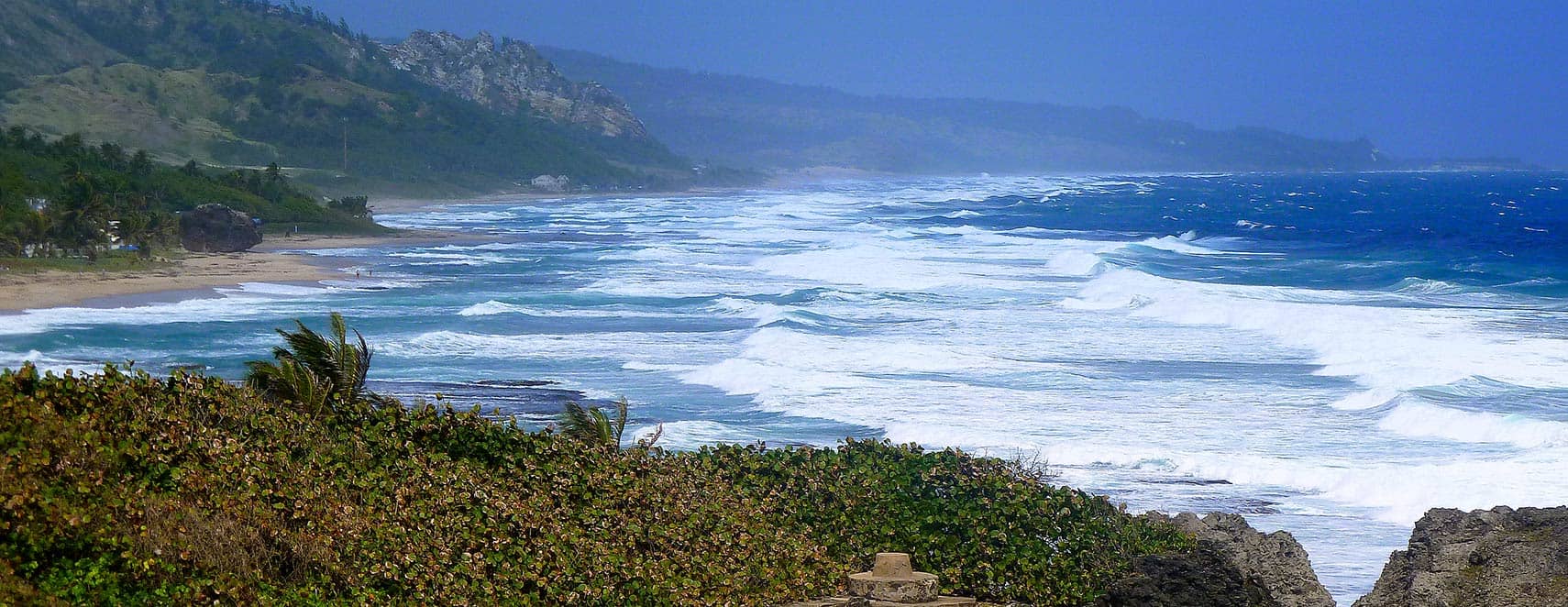Discover the Allure of Barbados
Barbados, an enchanting island situated in the Lesser Antilles of the eastern Caribbean, offers a unique blend of history, culture, and natural beauty. Positioned northeast of Venezuela, this independent British Commonwealth nation captivates visitors with its stunning beaches and vibrant atmosphere. The island's main town, Bridgetown, stands as a testament to its rich colonial history. Introduced to British settlers in 1627, Bridgetown quickly developed into a bustling trade city. Remarkably, by the 17th century, Barbados had outstripped Virginia and Massachusetts, becoming the largest and wealthiest of all the English colonies.
The Geography of Barbados
Barbados spans an area of 432 km² (167 sq mi), which makes it slightly smaller than Andorra and about 2.5 times larger than Washington, D.C. This picturesque island features a generally flat terrain that transitions into hilly landscapes in the interior. The tropical climate enriches the island’s soils, creating lush greenery and offering a diverse ecosystem. This favorable environment flourishes throughout the year, with a rainy season from July to November enhancing the fertility of its lands. As a result, agriculture becomes a vital part of Barbados's economic framework.
Population and Culture
With an estimated population of 290,000 in 2016, Barbados holds the title of the most densely populated nation in the eastern Caribbean. The official language is English; however, the local dialect, Bajan, adds a distinct flavor to everyday conversations. This unique linguistic characteristic reflects the island's rich cultural heritage. Interestingly, approximately 90% of the population identifies as Black, followed by 4% White and 6% Asian or mixed ethnicities.
Religion plays a significant role in the lives of Barbadians; 67% of the population adheres to Protestant beliefs, while 4% practice Roman Catholicism. The literacy rate stands impressively at 99.7%, showcasing the island’s commitment to education and knowledge dissemination. Visitors often find that the people of Barbados, known affectionately as "Bajans," exude warmth and hospitality, making every encounter delightful.
A Glimpse into History
The rich tapestry of Barbados’s history shapes its present landscape. Initially uninhabited, the island became a focal point for British settlement starting in 1627. Plantations flourished, primarily through the labor of enslaved individuals, until slavery was abolished in 1834. This pivotal change marked the beginning of a new era. The economy experienced a shift towards sugar, rum, and molasses production, continuing to dominate until the late 20th century. The gradual introduction of political reforms during the 1940s and 1950s eventually led to complete independence from the UK on November 30, 1966.
Interestingly, the 1990s brought a transformative wave to Barbados’s economy. The sectors of tourism and manufacturing began to outpace sugar production in significance, reshaping the island’s economic landscape. Today, Barbados remains a hub for tourism, drawing visitors to its pristine beaches and vibrant festivals.
Natural Resources and Economy
The natural resources of Barbados include petroleum and natural gas, alongside abundant fish populations that support both local consumption and export. Agriculture, particularly sugarcane and vegetables, thrives in the fertile soils. The manufacturing sector has also seen growth, especially in areas such as light manufacturing and component assembly for export.
Moreover, tourism shines as a critical component of the economy, with the island’s charm attracting millions of visitors each year. Popular tourist activities include exploring the historic sites, enjoying water sports, and indulging in the vibrant nightlife. The diverse potential of the Barbadian economy reveals its resilience and adaptability over time.
Trade and Partners
Barbados enjoys robust trading relationships, primarily with the Caribbean Community (CARICOM), the UK, and the USA. The island exports a variety of products, including manufactured goods, sugar, molasses, and rum. Notably, Trinidad and Tobago, the USA, and Saint Lucia serve as significant partners, accounting for a large portion of Barbados’s exports. Conversely, importing consumer goods, machinery, foodstuffs, and construction materials remains vital to sustain the island's economy.
In 2015, Trinidad and Tobago provided 39% of the island's imports, illustrating the interconnectedness of Caribbean nations. As Barbados continues to strengthen its trade relationships, the potential for economic growth becomes more apparent.
The Spirit of Barbados
The cultural heritage of Barbados resonates through its arts, music, and festivals. Crop Over, one of the most renowned festivals, celebrates the end of the sugar cane harvest and showcases the island's rich traditions. Calypso music fills the air, while vibrant costumes adorn the lively streets, allowing both locals and tourists to partake in the celebration.
This extraordinary island holds numerous secrets, from stunning botanical gardens to the historical landmarks scattered around its landscape. Visitors can explore the Animal Flower Cave or dive into the crystalline waters of Carlisle Bay, revealing the intricate marine life that inhabits its depths. Every corner of Barbados holds a story, enriching those who venture here.
Conclusion
In conclusion, Barbados stands as more than just an island in the Caribbean; it embodies a unique cultural identity shaped by a rich history and diverse population. The warmth and hospitality of its people, combined with its stunning natural beauty, create an inviting atmosphere that beckons travelers from around the globe. As Barbados continues to evolve, capturing the hearts of all who visit, its legacy remains vibrant and strong. Experience the allure of this captivating island, where every moment becomes an unforgettable adventure.
Largest cities of: Barbados
| City Name | Population | Year of foundation | |
| Bridgetown | 110,000 | 1628 | |
| Oistins | 8,000 | circa 1625 | |
| St. Lawrence Gap | 5,000 | circa 1630 | |
| Speightstown | 4,000 | 1620 | |
| Bathsheba | 3,000 | 1627 |
Barbados: Money
